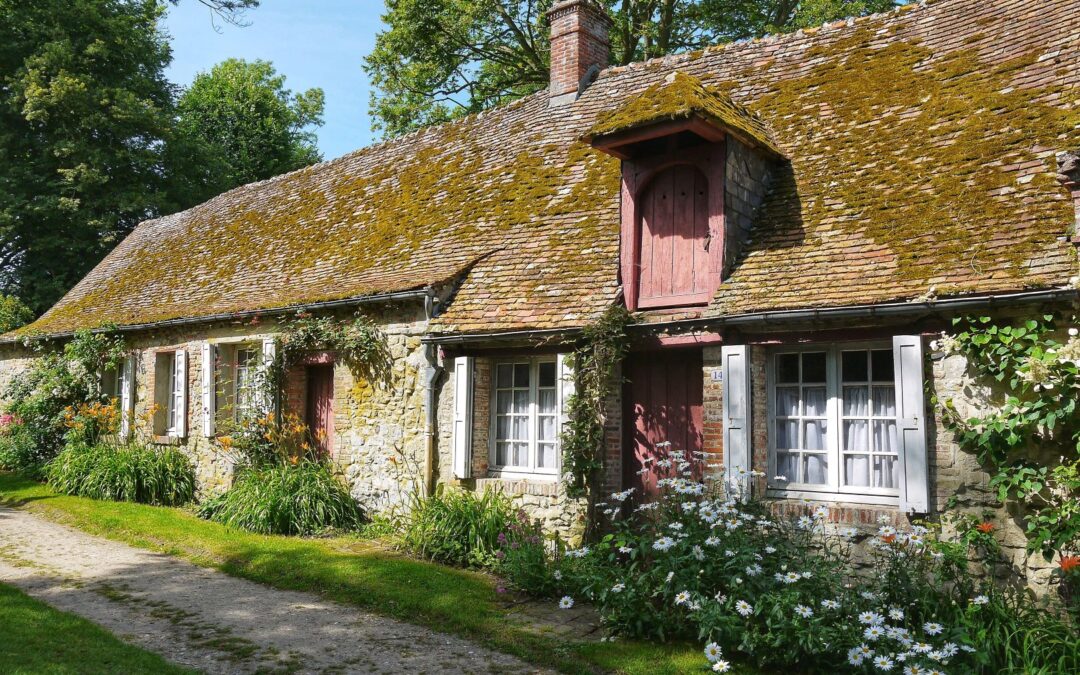OnTheMarket.com summarises the latest Housing White Paper issued by the Department for Communities and Local Government. Here’s our 10 key points for buyers, sellers, tenants and landlords.
With Brexit accounting for so many political headlines, other items in Theresa May’s in-tray must be getting swamped. But nobody could have missed the government’s landmark Housing White Paper. This sets out a series of far-reaching proposals for mending the UK’s ‘broken’ housing market and addressing, in particular, the problem of undersupply. Only around 150,000 new homes a year are being built, while the consensus is that around 250,000 are needed.
Here are the key proposals from the government’s Housing White Paper or read it in full here.
1. More starter homes for first time buyers under 40 with a mortgage will be built, targeted at households with an annual income of less than £80,000 (£90,000 in London). There will also be an expanded and more flexible affordable homes programme, channelling additional funds to housing associations and local authorities. A target of 10 per cent of affordable housing will be set for new developments.
2. Railway station car parks could be moved underground to provide space for new housing. There will also be a drive to release more public sector land for housing development.
3. Local councils will henceforth have to produce five-year plans for building new homes in their area, in accordance with targets set by central government. Housing demand will be calculated nationally and not left to local planning authorities.
4. Pressure will be put on builders to go ahead with building new homes once they have been granted planning permission. The duration of planning permission will be cut from three to two years. The aim is to accelerate the process, and developers who sit on so-called ‘land banks’ for years at a time will be named and shamed.
5. In order to avoid erosion of the Green Belt, housing density in towns and cities will be increased, with more Continental-style mansion blocks taking the place of terraced housing. Planning rules will be relaxed to allow buildings to be extended upwards “by a floor or two”, and it will also be made easier for abandoned shops to be converted to housing.
6. More sheltered housing needs to be built, in an effort to encourage older homeowners to downsize and free up larger homes for young families.
7. Support will be given through the planning system for more build-to-rent schemes. Measures will also be introduced to encourage a new generation of pre-fabricated homes. “This type of building certainly has its place and will help supply in some areas,” says Conrad Payne, Partner and Head of National Development and Planning at Strutt & Parker.
8. Small developers and those entering the market for the first time will be encouraged to challenge the existing “oligopoly”, where a small number of developers dominate the market in new homes.
9. Leasehold agreements which may land homeowners with unexpected charges such as ground rent or service charges could be banned. The government has said it would consult on “a range of measures to tackle unfair and unreasonable abuses of leasehold”.
10. The White Paper also confirms that the government will press ahead with the proposed ban on upfront letting agency charges on tenants announced by Philip Hammond in his Autumn Statement.
The government’s White Paper has generally been given a cautious welcome by industry experts, although Justin Gaze, Joint Head of Residential Development at Knight Frank, warned that the “fundamental tension between the need for new homes and the resistance to development in some communities was unlikely to be completely unravelled by the suggestions in the report”.
Gaze also argued that, with new homes accounting for less than one per cent of the total housing stock, the pressure to build them should not distract from other problems in the wider housing market such as the constraints on second hand stock introduced by the current stamp duty regime.
Strutt & Parker’s Conrad Payne admitted that he found the White Paper “underwhelming and disappointing”. He believed that trying to speed up the planning process, while desirable in principle, was unrealistic without “significant investment in planning departments”.
If the UK housing market is indeed ‘broken’, as the government contends, it remains to be seen whether the proposals in the White Paper will be enough to fix it.
Content provided by OnTheMarket.com is for information purposes only. Independent and professional advice should be taken before buying, selling, letting or renting property, or buying financial products.
See www.onthemarket.com/newandexclusive. Agents specify exclusivity and are committed to accuracy under terms of use.






